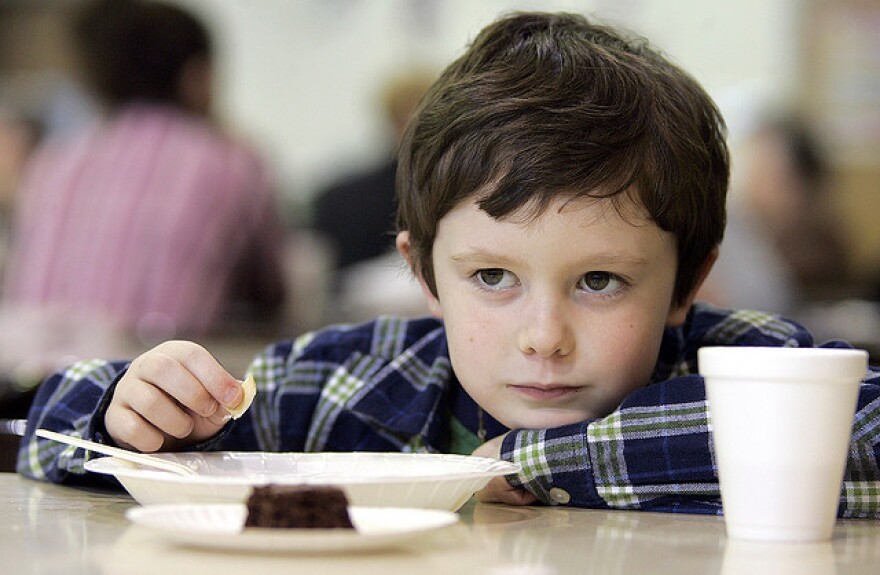Wednesday is the first day of summer vacation for students in the Boise School District. Other districts have already ended the year, others will very soon. That means free summer nutrition programs for low-income kids are about to start up.
Nationally, nearly 4 million kids participate in USDA-sponsored summer meal programs. Preliminary numbers show nearly 27,000 of those kids were in Idaho last summer.
After several years of average daily attendance staying close to about 21,000 kids, that was a big increase. Colleen Fillmore – who oversees child nutrition programs for the Idaho Department of Education – says the numbers don’t go up or down based on need.
“When the economy a few years ago took a dip, we expected to see a real increase in summer food and we did not,” Fillmore says.
Fillmore says the increase in participation is due to more training for meal providers and community outreach. That’s also part of a national trend. The USDA has decided that summertime malnutrition is a big problem for kids and has dedicated more resources to the problem.
But there’s still a huge gap between the number of low-income Idaho kids that get fed during the school year and the summer. Both nationally and in Idaho, fewer than 20 percent of kids that get free or reduced-price lunch at school participate in summer meal programs. Nearly half of Idaho's 291,000 plus public school students qualify for free or reduced lunch.
Fillmore says Idaho has some big challenges in getting food to kids in the summer. For one, it’s a lot easier to feed kids when they are already at school.
“When you get into the more rural areas in the state of Idaho, some children just have a hard time getting into the site because of the actual transportation,” Fillmore says. “That’s probably the biggest challenge that we have.”
Find Adam Cotterell on Twitter @cotterelladam
Copyright 2015 Boise State Public Radio


